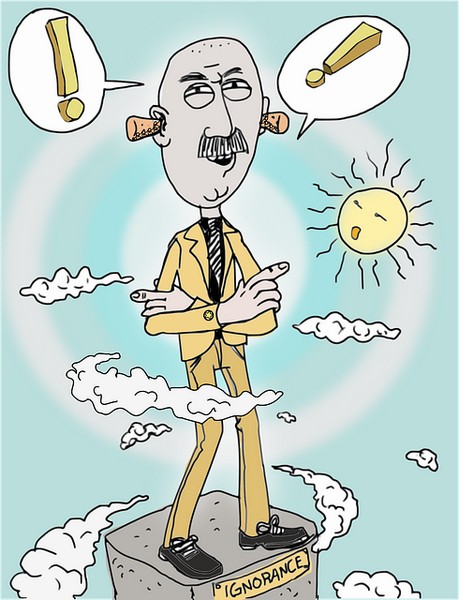We can all agree that in general, people are likely to get their news through online sources, by relying heavily on their smart phones for their communications.
In addition to this, people can also customize information delivery according to their personal preferences.
However, with countless articles produced daily, we are exposed to stories that may not be accurate which includes conspiracy theories, clickbait articles, propagandas, fabricated stories and biased news reports.
Sometimes, we can tell apart between real news from the fake ones.
However, the take away of the written content can evoke certain emotions and opinions by taking partially true base stories and injecting false statements such that the information looks realistic.
This is what we can a confirmation bias as we allowed ourselves to be consumed with disinformation.
Confirmation bias is defined as subconscious tendency to seek and interpret information and other evidence in ways that affirm our existing beliefs, expectation, and/or hypothesis. Therefore, confirmation is both affected by and feeds our implicit biases (Source: Facing History and Ourselves).
It can be most entrenched around beliefs and ideas that we are strongly attached to or that provoke a strong emotional response.

Confirmation bias is dangerous as can make people less likely to engage with information which challenges their views.
And when they do, confirmation bias causes them to reject it as they are certain that their own belief is correct.
Taking an example of the current situation, there are various disinformation circulating about Covid-19 vaccine despite scientific journals, reports and studies conducted that proves otherwise.
Dealing with disinformation that only feed to our bias online is almost similar as dealing with misinformation.
Among the first thing to detect disinformation is to figure out how we feel about the news or article that we read.
So, if you find yourself feeling angry after reading a content that you know to have fake information, a good idea to keep reading about the topic through other sources to make sure the story you read is not purposefully trying to make you swayed.
This may explain why people love using social media as we can find people who share the same perspective and sentiment, thus making us feel accepted and safe.
But just because you might agree with the content and the people who share it, does not mean it is true.
Apart from that, you might want to check the source or the story and who shared the story.
Is it published by a blogger you have never heard of or a well-known publication with editorial review?
Attention to detail matters.
In addition to this, if you find the article to good to be true, repeatedly seek out reputable sources of information that typically cater to viewpoints different than your own, and begin to see that information occur in your newsfeed organically. In founding out the truth, it is better to be objective when searching for one and you have to be able to admit you were wrong, especially in the face of new evidence and information.






